Being Baltic
/By Don Varyu
Oct 2023
e went to see Finland, Lithuania, Latvia, Estonia and the Polish port city of Gdansk. These are not favored destinations for tourists or businesspeople, even those from Europe. But what we saw made them as memorable as any of the famous continental capitals. People there celebrate what we Americans have long forgotten…while at the same time struggle with a fear that hasn’t confronted us for two centuries.
Everywhere, there is a collective national pride. Each country reveres shared national history, culture and customs. Of course, It’s easy to feel connected within nations where populations (except for Poland) range between one and five million. This makes them the size of states like Idaho and South Carolina. To each of these nations, customs and culture are uniform—and fervent.
latvian dancers
But there’s one far more powerful factor that undergirds national pride: freedom. Every year on its Independence Day, the citizens of Latvia, no matter where they are in the world, stop and boisterously sing their national anthem. Freedom is not something taught in a history book, but something commonly remembered. Everyone above the age of 40 recalls Communist rule: the oppression, the shortages, the onerous rules and restrictions. Even if you saved for years to scrape enough money together to afford the most modest of cars, the waiting list could extend, quite literally, to never.
solidarity museum, Gdansk
Nowhere is this more evident than in Gdansk, the city where in 1970 the celebrated Solidarity Movement began. Ultimately, it triggered a national revolt…and eventual the withdrawal of Soviet forces. Its hero, Lech Walensa, is still alive and sometimes can be seen in his office in the massive and impressive Solidarity museum—built on the site of the former shipyard where he and friends first refused to work.
The saga in Poland, and neighboring countries, is not one of sudden victory. Freedom fighters were beaten, cajoled, flipped into informants, jailed, and sometimes killed. That misery keeps the joy of freedom richer and fresher.
But today, freedom rides alongside fear. Across eastern Europe, the reality of a new Russian invasion, like the one in Ukraine, is always front of mind. All the Baltic states willingly admit feeling like they could be next. They share borders with Russia of between 200 and 800 miles. Not only could they never monitor all that territory, but if they were invaded, there is effectively no military to protect them. Estonia is the most-occupied country in history, and it has no interest in building on that legacy.
Russian Border, curonian spit, lithuania
On a sand spit on the Curonian lagoon in Lithuania, hikers and mushroom hunters are warned not to tread too far; the spit is divided in half with Russia. Recently, one mushroom hunter wandered into enemy territory and was seized and questioned for three days. Locals suggest that if had he been American, the stay would have lasted weeks. Tensions are high. Freedom is not taken as a permanent condition.
America is far too diverse and sprawling to allow for the common culture and pride of a Latvia or Estonia. We could not imagine a Maine lobster roll or a Chicago Italian beef sandwich or a California Acai bowl being celebrated as a “national dish.” We are polarized in many ways.
But we do have that one advantage; we don’t live with the constant dread of foreign invasion. We don’t recoil from the idea of becoming “the next Ukraine.
Fence outside Russian embassy, riga
In this respect, we are defiantly “free”. And wouldn’t it be wonderful if we could learn to appreciate and celebrate our freedom—together.
Have a comment or thought on this? Just hit the Your Turn tab here or email us at mailbox@cascadereview.net to have your say.








